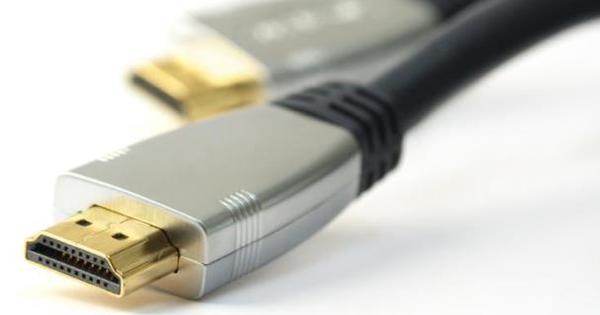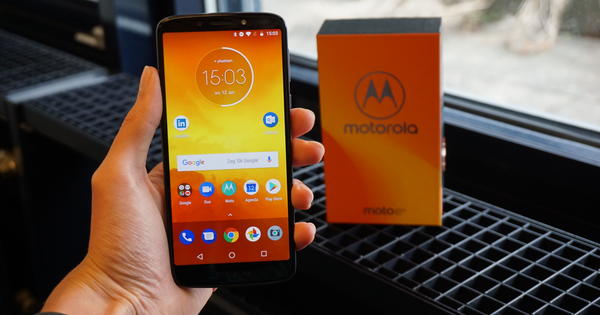An immaculately empty desktop and still all programs and frequently used documents at hand? It's possible. The magic word is 'launcher': your own launch platform that you set up according to your own taste and work routine. This leaves the desktop empty and yet you don't have to dig deep into the start menu for the right icon every time. We show how to get a launcher in Windows 10 with WinLaunch and propose three more alternatives.
Tip 01: Shift+Tab
WinLaunch is a clone of the famous Launchpad from macOS, a function to access programs, folders and files even faster. After installing the free tool, bring it to the screen with the Shift+Tab key combination. You can also make WinLaunch disappear again with the same shortcut. In addition, you can chase WinLaunch out of its nest by moving the mouse pointer to the top left corner of the screen. This launch pad already contains one tile by default. That's a group tile, say a map. In addition to the tutorial, this folder also contains the button to the settings of this program.

Tip 02: Add
Start by adding the programs you use the most. To place elements in the launcher, press the F key. This will give you a thumbnail view of WinLaunch. Drag the programs you want to add from the start menu into this window. Here all tiles appear together as shortcuts. You can of course change the order of the tiles, which is just a matter of dragging and dropping. To remove a tile, click on the tile and hold down the mouse button until all tiles gently move back and forth. In the top left corner of each tile, a cross appears with which you remove the shortcut.
 You can put programs, files, videos or images in the launcher
You can put programs, files, videos or images in the launcher Tip 03: Group
In addition to programs, you can also place files, videos or images that you regularly need in this starting platform. The longer you work with WinLaunch, the more you will want to bundle files and programs. To group tiles into one folder, like WinLaunch's very first group tile, simply drag them over each other. Then you give this group tile a new name. If you prefer certain tiles on a separate page, you can drag the tile to the window edge. That way you can, for example, create one window for frequently used programs and another window for the projects and documents that you work with on a daily basis.

Tip 04: Personalize
Right-click on a tile in WinLaunch to get to the context menu. With the command edit it is possible to give a shortcut a different icon. By copying an image, you can paste it as a new WinLaunch icon. To make the program respond the way you want, use the button Settings in the first group tile. The tool supports multiple monitors. In addition, it is possible to change the key combination with which you bring up WinLaunch, or you can select other corners (hot corners) with which you can conjure up this platform via the cursor. If you have a touchscreen, you can activate this mode in the tab General.
Alternatives
WinLaunch isn't the only program that gives you a customizable launcher within Windows. There are still alternatives. Winstep Nexus is a variant that you can customize to perfection. Here too, you can drag all the applications you use often into the dock. In addition, the Nexus dock contains a few meters to show the temperature, the time, the processor load and the amount of free ram. You can customize every detail of Winstep Nexus, even the effects and animations.
RocketDock is a shameless copy of the dock from macOS. You drag the shortcuts into the fan, so that you can click on what you need later. With this handy start bar you save a lot of space on the desktop. Then there is also a somewhat stubborn launcher: Launchy. This is a text launcher: the tool indexes all programs and documents in the background, so you only have to type the initial letters on which Launchy will make suggestions.

